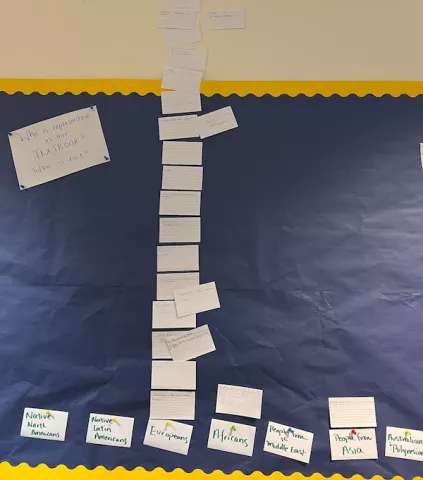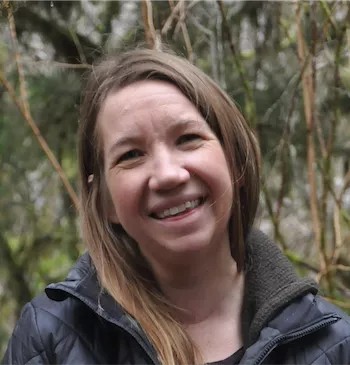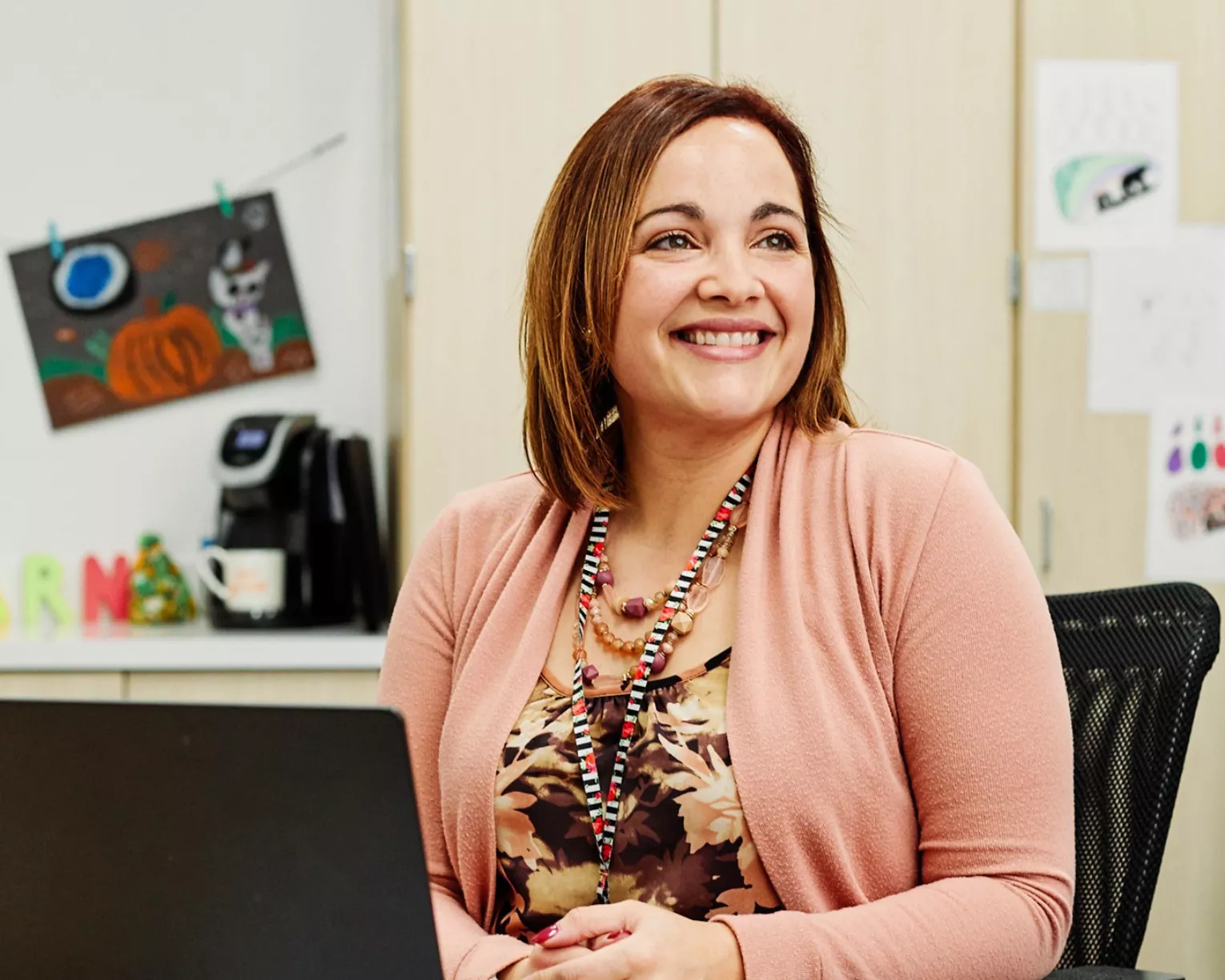My high school world history students are burdened with a rather Eurocentric textbook. The lackluster tome devotes more than 80 pages to the French Revolution and two pages to the Haitian Revolution.
The book also does not contrast the European Dark Ages with the Golden Age of Islam, even though they took place during similar time perods. And WWI apparently only affected Europeans and Americans.
To help my students think about this, I assign each student a section of the textbook. They read about how men from Spain, France, and Britain explored the Americas, kick-started the Scientific Revolution, became “enlightened,” colonized the world, and fought the Nazis.
I ask students to think about who had power in those pages, and on what continent those people lived. Then I ask the students to write the continent on an index card.
Over 90 percent of my students write “Europe.” Then the students make a bar graph on the classroom wall. I write the names of the continents on index cards and tape them to the bottom of the graph to create the x-axis. Students tape their index cards above the corresponding continent to create the vertical bars of the graph.
Looking Beyond the Pages
As the European bar begins to rise above the other continents, I start to hear “racist textbook” whispered around the classroom. Students aren’t quite sure if they can say such a thing, despite the visual evidence right there on the wall.
I assure students that their whispered thoughts are valid. I provide a few definitions for the word “racism.” I also teach them the words “ethnocentric” and “Eurocentric.” We discuss whether the textbook is racist, Eurocentric, ethnocentric, or all three. Different classes come to different conclusions. I don’t try to steer them toward one word or the other.

Finally, I ask students what we should do about this. I have them write, discuss in small groups, and then share out. Sometimes students focus on systematic change. They want to write to the school board, the curriculum committee, and the textbook publishers. So we do. I buy stamps, teach lessons on writing letters, and show them how to address an envelope.
Some students’ responses have more to do with the classroom itself. They’ll speak about the need to look for different perspectives as we learn. They’ll discuss the need to look outside the text- book for information. If their discussion moves this way, I teach the students how to research effectively and include a research component in all of their essays.
I promise the students that I’ll do my part by supplementing the textbook with material that highlights voices from around the world. We take a look at my classroom bookshelves and analyze the representation found there.
Filling in Historical Gaps
Students often want to know why historians have left so many voices out of the textbook. This makes for a great research topic. Last year, I taught the class about Polynesian wayfinders. The Pacific Islanders used the stars, sun, moon, and other signals from nature to navigate the ocean and settle remote islands, but had been left out of historical narratives about exploration. Western historians erroneously believed the Polynesians were incapable of traveling across the Pacific.
We read about how the Polynesian Voyaging Society, formed in 1973, built a canoe called Hōkūle’a and sailed around the world using only ancient wayfinding techniques. This proved the Western historians wrong.
Then students learn about other explorers who do not appear in their textbook. I divide them into groups, each researching a different explorer.

They learn about the Islamic adventurer Ibn Battuta, who spent 30 years traveling the world in the Middle Ages; the 14th-century West African ruler Mansa Musa, who made a 4,000-mile pilgrimage across the Sahara to Mecca; the 13th-century Chinese admiral Zheng He, who led seven ocean voyages to explore lands around the Indian Ocean; or Sacagawea, the Lemhi Shoshone woman who traveled with the Lewis and Clark Expedition.
Although I teach high school students, I often turn to picture books first. The visuals and context clues make the language accessible to most learners.
When the textbook discusses Hernán Cortés, my students also read Duncan Tonatiuh’s picture books about Mexihcah word painters and biographies about ancient Aztecs. When the textbook discusses the French Revolution, we talk about how it inspired the Haitian Revolution. My students read Freedom Soup by Tami Charles, a picture book that shows a family making a traditional New Year’s soup and explains Haitian independence.
After reading the story, we study the back matter. The author’s notes and timelines are a treasure trove of suggestions for further research.
I keep the student’s graph up on the wall all year long. Every few days something will come up in the news, in school, or in our lessons about representation. In the middle of a discussion about book banning or the media’s treatment of a specific topic, a student will simply point to the graph. The rest of the class will nod sagely.
They know what is going on. And they know that learning multiple perspectives is the only way to get to the truth.
Jenna Vandenberg teaches high school world history and civics, in Seattle. Follow her @JennaVandenberg on Substack.
____________________________________________________
Where to Find Books For Inclusive Teaching
Explore NEA’s Read Across American calendar at nea.org/ReadAcross.
Check out the Notable Social Studies Trade Books for Young People list, which offers diverse pictures books on most social studies topics. Visit socialstudies.org/notabletradebooks.
Find critically reviewed multicultural and social justice books for children, young adults, and educators at socialjusticebooks.org/booklists.
Your Union. Your Voice.

